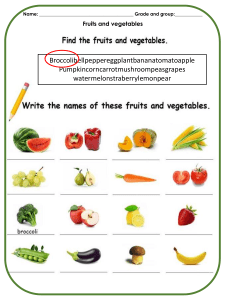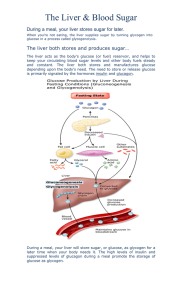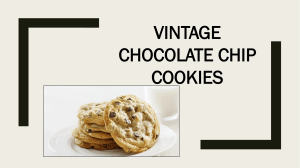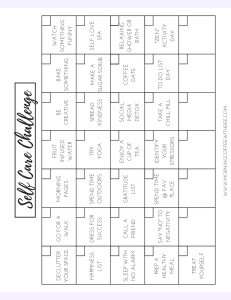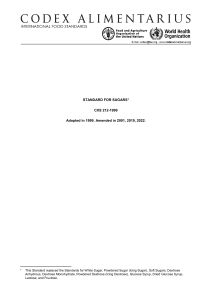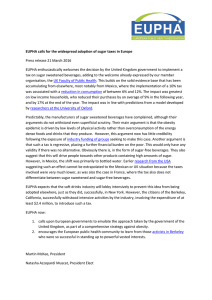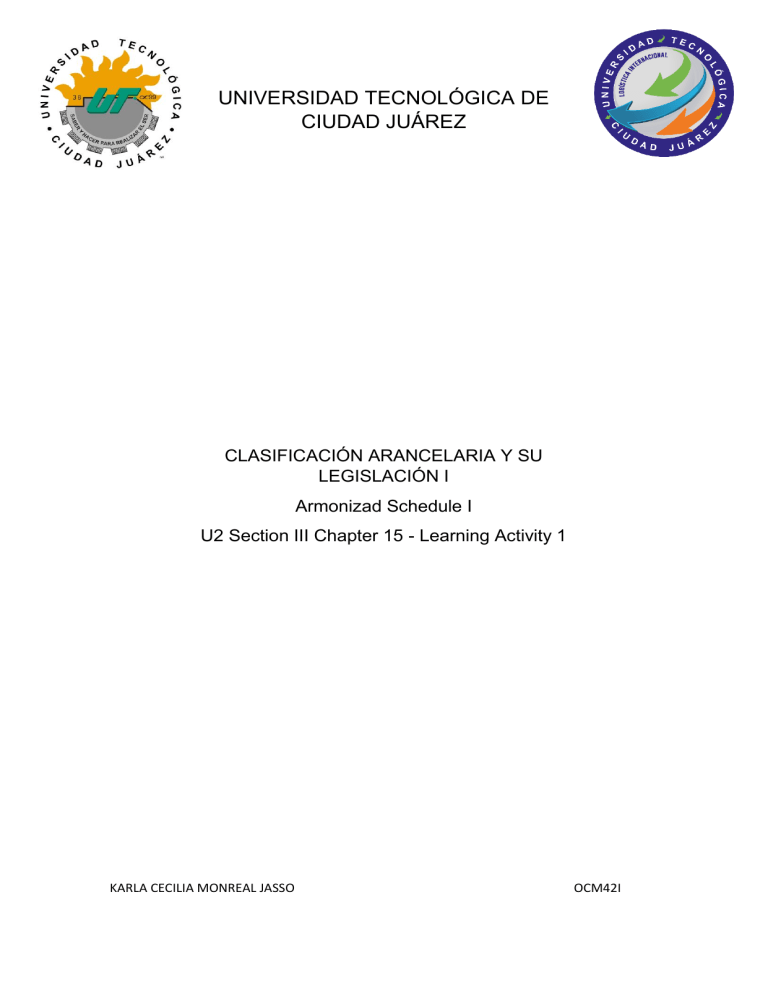
UNIVERSIDAD TECNOLÓGICA DE CIUDAD JUÁREZ CLASIFICACIÓN ARANCELARIA Y SU LEGISLACIÓN I Armonizad Schedule I U2 Section III Chapter 15 - Learning Activity 1 KARLA CECILIA MONREAL JASSO OCM42I CLASIFICACIÓN ARANCELARIA DE LAS MERCANCÍAS I. What is natural degrás? Consists of residual products from the chamois leather (or oil tanning), extracted from these by pressing or with solvents; it is mainly composed of rancid oil from marine animals (whale, seal, fish), mineral substances (soda, lime, sulphates), waste hair, membranes or skins. It takes the form of a very thick, almost pasty, homogeneous liquid, with an intense odor of fish oil, yellow or dark brown in color. II. What is artificial degrás? Is essentially constituted by oxidized, emulsified or polymerized fish oil (or mixtures of these oils) mixed with suarda or tallow, resin oils, etc., and sometimes with natural degreaser. It is a thick liquid, more fluid than natural degreaser, yellowish-gray in color, with the characteristic odor of fish oil, containing no traces of hairs, membranes or skin. At rest it tends to form two layers, the water being deposited at the bottom. III. What is maleic oil? Obtained by treating, for example, soybean oil with limited amounts of maleic anhydride at temperatures of 200 °C or more in the presence of an amount of polyol sufficient to esterify the excess acidity of the oil. The maleic oils thus obtained have drying properties. IV. What is drying oil? Have cold incorporated small amounts of drying agents (e.g. lead borate, zinc naphthenate, cobalt resinate) to increase their natural drying properties. These oils, called siccative oils, are used instead of boiled oils for the preparation of varnishes or paints. They are quite distinct from the prepared liquid siccatives of heading 32.11 (which are concentrated solutions of siccatives) and cannot be confused with them. V. What is epoxidized oil? Obtained by treating, for example, soybean oil with peracetic acid, preformed or formed in situ by reaction of hydrogen peroxide with acetic acid in the presence of a catalyst. They are used, for example, as plasticizers or stabilizers of vinyl resins. VI. What is brominated oil? Are used, for example, in the pharmaceutical industry as emulsion or suspension stabilizers for essential oils. VII. What is glycerol? A colorless, sweet, viscous liquid formed as a byproduct in soap manufacture. It is used as an emollient and laxative, and for making explosives and antifreeze. VIII. What is beeswax? The wax secreted by bees to make honeycombs and used to make wood polishes and candles. IX. What is lactose? The sugar present in milk. It is a disaccharide containing glucose and galactose units. X. What is invert sugar? Invert sugar is a sweetener commonly used in treats and beverages thanks to its ability to retain moisture and keep a smooth texture. XI. What is Glucose? Is a simple sugar which is an important energy source in living organisms and is a component of many carbohydrates. XII. What is Fructose or Laevulose? The hexose sugar found especially in honey and fruit. XIII. What is sucrose? Sucrose occurs naturally in sugarcane, sugar beets, sugar maple sap, dates, and honey. It is produced commercially in large amounts (especially from sugarcane and sugar beets) and is used almost entirely as food. See also sugar. XIV. What is maple sugar? Maple sugar is a traditional sweetener in Canada and the northeastern United States, prepared from the sap of the maple tree. XV. What are dextrimaltoses? Dextrinomaltose and glucose polymers provide low osmolarity and good digestibility and absorption. Lactose is the main carbohydrate in milk that requires the enzymatic activity of lactase to give rise to two products: glucose and galactose. XVI. What is maltose? Maltose is a sugar that tastes less sweet than table sugar. It contains no fructose and is used as a substitute for high-fructose corn syrup. XVII. What is Shellac? A resinous substance (obtained from the lac insect) melted into thin flakes, used for making varnish. XVIII. What is meant by juice? The liquid that comes from meat or other food when cooked, also is the extract the juice from (fruit or vegetables). XIX. What is meant by extract? Extract is defined as to draw out, remove or obtain something from another, an example of extract is the liquid vanilla used in baking which is made from vanilla beans. XX. What is meant by secretion? The process by which substances are produced and discharged from a cell, gland, or organ for a particular function in the organism or for excretion. XXI. What is packaging? We can define this as the materials used to wrap or protect goods. XXII. What is canned? Is when food or drink are preserved or supplied in a sealed can. XXIII. What is meant by Grinding? Grinding is the process of breaking up particles. Grinding is used to turn the solid blend into a granular form. In chemical processes, crushing is usually followed by grinding to produce a fine-sized powder. Grinding is the process of breaking up particles. XXIV. What is molasses? Thick, dark brown syrup obtained from raw sugar during the refining process, a version of which is used in baking. XXV. Mention the 5 processes of preservation of food products 1.- Refrigeration; The shelf life of many food materials may be increased by storage at 4°C or below. Commonly refrigerated foods include fresh fruits and vegetables, eggs, dairy products, and meats. However, some foods, such as tropical fruits (e.g., bananas), are damaged if exposed to low temperatures. 2.- Freezing; Freezing provides an excellent means of preserving the nutritional quality of foods. It is done at -18°C to -4°C. Juices are mostly preserved by freezing. 3.- Dehydratation; Dehydration is removal of moisture from the food materials for preservation. The initial temperature of dehydration is usually at 43°C, which is gradually increased up to 60-66°C (for vegetables) and 66-71°C (for fruits). 4.- Acids; Acids like vinegar, acetic acid, citric acid and lactic acid are used for preservation of food materials including fruits by inhibiting the growth of microbes responsible for food spoilage. Food material containing 1-5% acetic acid solution can be kept fresh for longer period. 5.- Sterilization; Sterilization is the complete exclusion of microbes. Fruits and acidic vegetables like tomato can be sterilized at 100°C for 30 minutes; whereas, non-acidic vegetables require treatment of 116°C temperature for 30 minutes.
